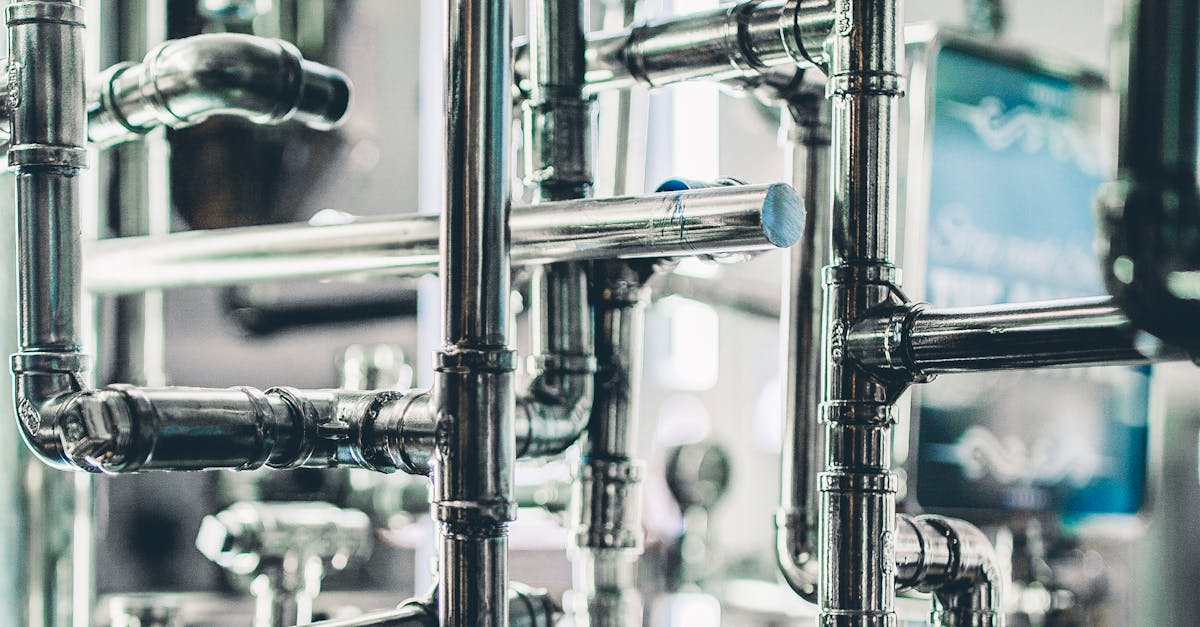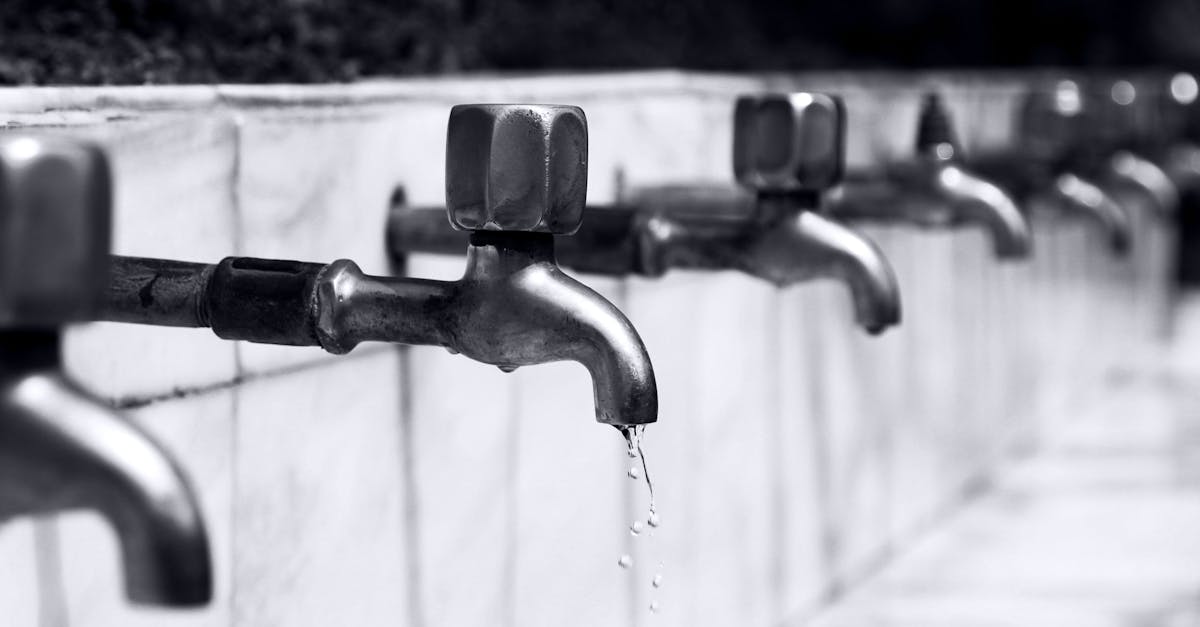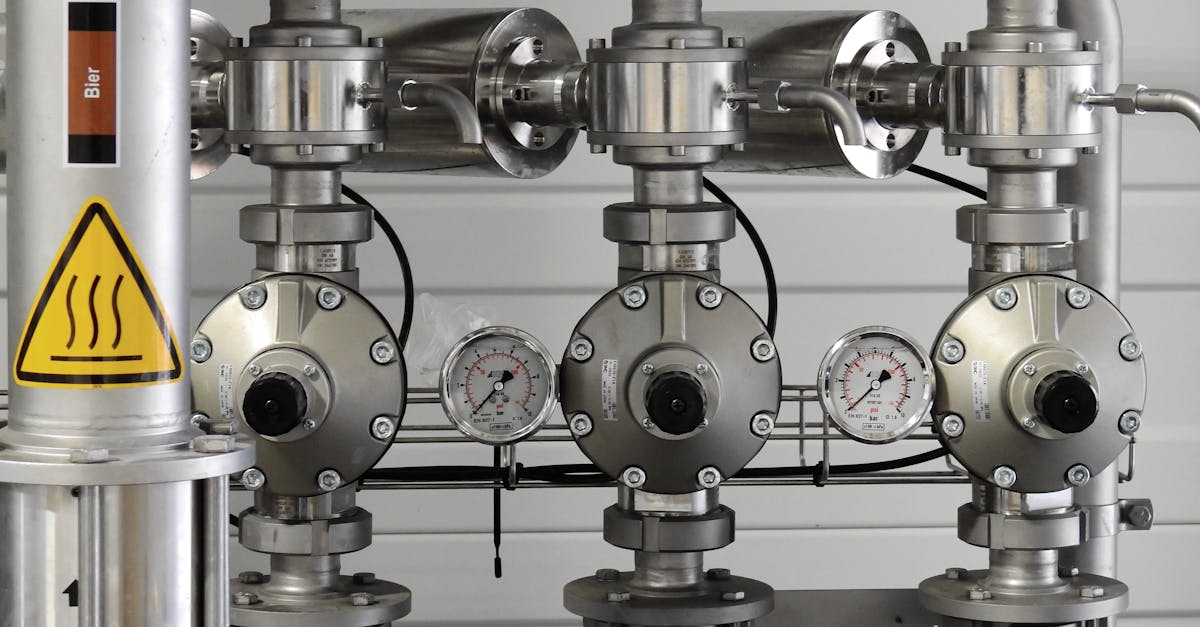
Table Of Contents
Backflow Prevention Maintenance
Backflow prevention maintenance is crucial to ensure the effectiveness of backflow prevention systems. Regular upkeep and servicing of backflow prevention devices help to guarantee their proper functionality and prevent potential contamination of water sources. In Backflow prevention Victoria, it is recommended that maintenance tasks are carried out by qualified professionals to comply with regulations and maintain the safety and quality of the water supply.
Routine inspections and testing of backflow prevention devices are essential components of maintenance practices. These measures help to identify any issues or malfunctions early on, allowing for prompt repairs or replacements if necessary. By adhering to a consistent maintenance schedule in Backflow prevention Victoria, property owners can uphold the integrity of their water systems and contribute to safeguarding public health and wellbeing.
Regular Inspections and Testing
Regular inspections and testing are essential components of ensuring the effectiveness of backflow prevention systems. In Clyde North, Victoria, it is imperative that these measures are conducted regularly to identify any potential issues that may compromise the system's functionality. During inspections, trained professionals assess the condition of backflow prevention devices and test their ability to prevent the unwanted reversal of water flow.
By adhering to a schedule of frequent inspections and testing, property owners in Clyde North, Victoria can maintain compliance with local regulations and guarantee the safety of their drinking water supply. Timely identification of any malfunctions or deficiencies in the backflow prevention system is crucial to prevent contamination and ensure the purity of the water being supplied to residential and commercial properties alike. Regular inspections and testing not only safeguard against health risks but also contribute to the overall efficiency and longevity of the backflow prevention system.
Backflow Prevention in Residential Properties
Backflow prevention in residential properties is essential to safeguard the quality of drinking water. In areas like Clyde North, Victoria, where water contamination risks exist, implementing backflow prevention measures is crucial. Residents should ensure the installation of backflow prevention devices in their homes to prevent the reverse flow of contaminated water into the clean water supply. By adhering to these measures, residents can mitigate health hazards associated with waterborne diseases and maintain the integrity of the water distribution system.
The installation of backflow prevention devices in residential properties is not only a proactive measure but also a regulatory requirement in many regions, including Clyde North, Victoria. It is recommended that homeowners have these devices inspected regularly to ensure they are functioning effectively. Compliance with local regulations regarding backflow prevention not only protects individuals and families from waterborne diseases but also contributes to the broader community's wellbeing by maintaining the overall safety and cleanliness of the water supply.
Installation of Backflow Prevention Devices
When it comes to the installation of backflow prevention devices, it is crucial to adhere to the standards and regulations set forth by Backflow prevention Victoria. These devices serve as a barrier to prevent contaminated water from flowing back into the main water supply, ensuring the safety and cleanliness of the water system. Proper installation of these devices is essential in both residential and commercial properties to mitigate the risk of cross-contamination.
In residential properties, the installation of backflow prevention devices is typically carried out by licensed plumbers. These devices are often installed at strategic points throughout the plumbing system to safeguard against backflow occurrences. It is important for homeowners to regularly maintain and test these devices to guarantee their efficacy in preventing backflow and protecting the quality of the drinking water supply.
Backflow Prevention in Commercial Buildings
Backflow prevention in commercial buildings is crucial to maintain the integrity of the water supply and the safety of occupants. In commercial settings, potential sources of contamination are more varied, making the installation of backflow prevention devices essential. Compliance with local regulations is key to ensuring that commercial properties in areas like Clyde North, Victoria, are equipped with the necessary backflow prevention measures to prevent any cross-connections that could compromise the water supply.
To uphold the standards of water safety, regular inspections and testing are imperative for backflow prevention in commercial buildings. These measures help identify any malfunctions or issues with the backflow prevention devices promptly, allowing for timely repairs and maintenance. Ultimately, prioritising backflow prevention in commercial buildings not only safeguards the water quality in the premises but also demonstrates a commitment to public health and environmental responsibility.
Compliance with Local Regulations
Compliance with local regulations pertaining to backflow prevention is crucial to ensure the safety of the public water supply system. In Victoria, Australia, the guidelines set by Backflow Prevention Victoria aim to prevent the contamination of water from various sources, such as chemicals or pollutants, which could pose serious health risks to the community. It is mandatory for all residential and commercial properties to adhere to these regulations by installing and maintaining appropriate backflow prevention devices to safeguard the integrity of the water supply.
Backflow Prevention Victoria enforces rigorous standards to uphold the quality of the water supply network and prevent any potential hazards caused by backflow incidents. Failure to comply with these regulations can result in fines, penalties, or even suspension of water services, highlighting the importance of following the specified requirements. Regular inspections and testing of backflow prevention devices are essential to ensure that they are functioning correctly and in line with the local regulations, ultimately contributing to maintaining a safe and healthy water supply system.
FAQS
Why is backflow prevention important in both residential and commercial properties?
Backflow prevention is crucial to ensure that contaminated water does not flow back into the main water supply, protecting public health and safety.
How does a backflow prevention device work?
A backflow prevention device is designed to allow water to flow in one direction only, preventing the reversal of water flow and the potential contamination of the clean water supply.
Who is responsible for ensuring backflow prevention measures are in place and functioning correctly?
Property owners, both residential and commercial, are responsible for installing and maintaining backflow prevention devices to comply with local regulations and protect the water supply.
How often should backflow prevention devices be inspected and tested?
Backflow prevention devices should be inspected and tested regularly, typically on an annual basis, to ensure they are functioning properly and effectively preventing backflow.
Are there different types of backflow prevention devices available for residential and commercial properties?
Yes, there are various types of backflow prevention devices suitable for different applications, ranging from simple check valves for residential properties to more complex devices for commercial buildings.


